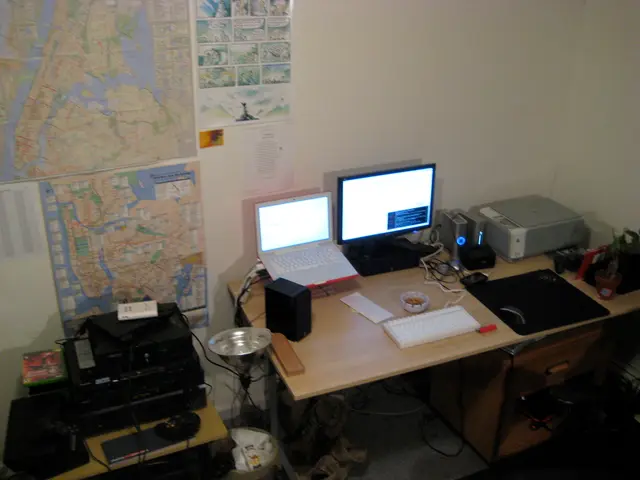California's Clean Energy Push: 56% Non-CO2 in 2017, Aiming for 100% by 2045
The United States, specifically California, has been a pioneer in clean energy, making substantial progress in reducing its carbon footprint. In 2017, non-CO2 emitting electric generation accounted for over 56% of the state's total power output. This progress aligns with California's ambitious goal to achieve 100% clean energy by 2045, as mandated by SB 100.
Key to this transformation is the expansion of battery storage. The California Public Utilities Commission has ordered PG&E to install over 568 MW of stationary energy storage solutions, replacing natural gas-fired peaker plants. This shift is crucial as transportation emissions, now the state's largest carbon source, account for nearly 40% of overall greenhouse gas emissions.
In 2017, renewable sources alone powered 32% of California's retail energy sales. However, the state still imports substantial volumes of dirty energy due to the closure of coal-fired and nuclear plants since 2000. To accelerate the transition, SB 100 sets new targets: 50% clean energy by 2026, 60% by 2030, and 100% 'carbon-free' energy by 2045.
California's commitment to clean energy is evident in its policies and recent elections. The state elected 46 Democrats to the House of Representatives, flipping six seats, including one in Orange County, indicating strong public support for Governor Gavin Newsom's clean energy agenda. As California continues to lead the nation in renewable energy adoption, it faces the challenge of reducing transportation emissions and phasing out dirty energy imports.







